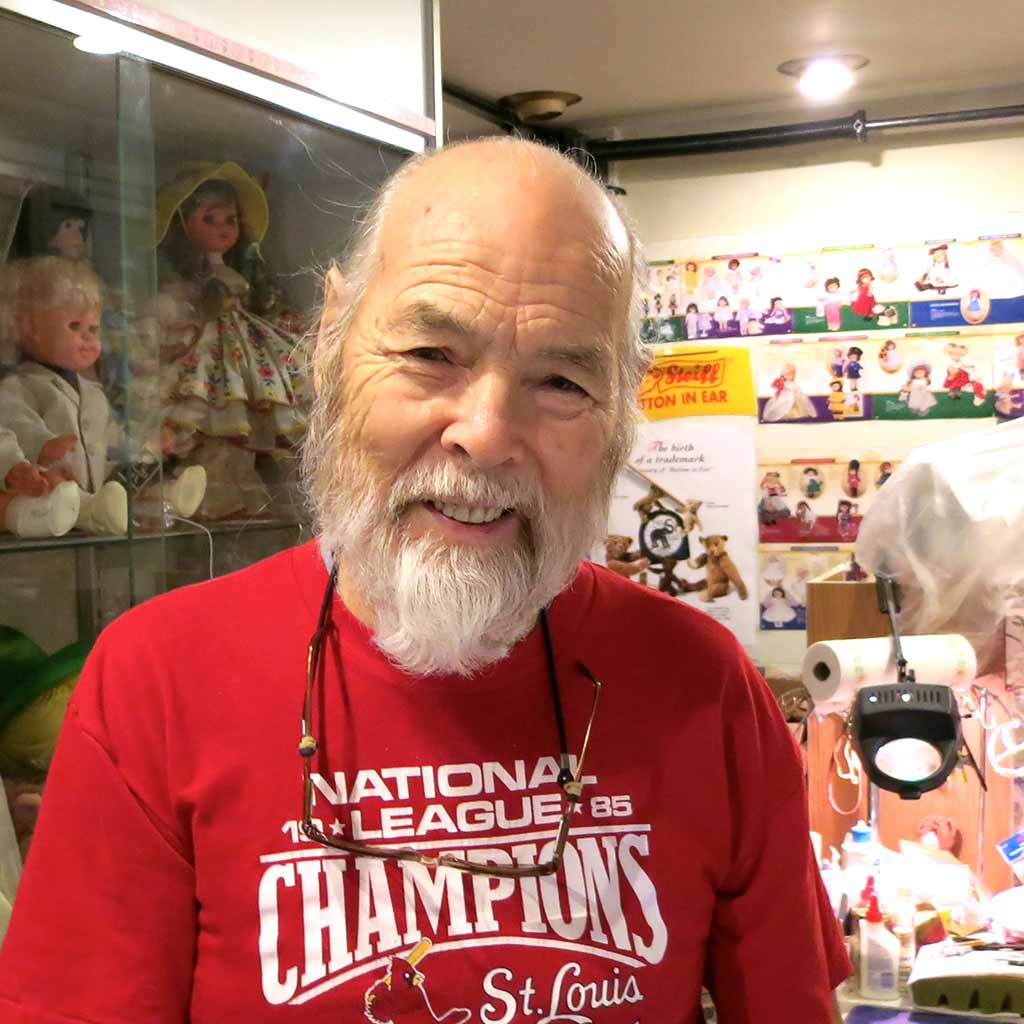
I started over forty years ago. I bought the dolls at auction and some of them were damaged. I thought, “I can fix them up.” I took them home and fixed them up. It means that I have tried to fix a thing that it is sentimental to people. I try to help them to keep that doll instead of it being destroyed.
1. What led you to the mission of being a doll collector including doll sales and repair?
I started over forty years ago. 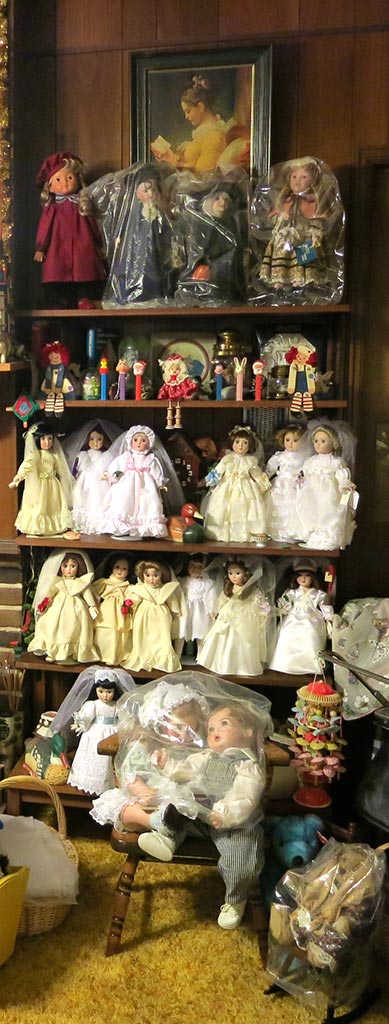 I bought the dolls at auction and some of them were damaged. I thought, “I can fix them up.” I took them home and fixed them up. If they needed restringing, I restrung them. But then I had to start buying strings and different things. Little by little I worked with it. I am self-taught. I learned as I was going on.I had been a carpenter so it wasn’t difficult for me to fix something. Then I could use this with doll repair.
I bought the dolls at auction and some of them were damaged. I thought, “I can fix them up.” I took them home and fixed them up. If they needed restringing, I restrung them. But then I had to start buying strings and different things. Little by little I worked with it. I am self-taught. I learned as I was going on.I had been a carpenter so it wasn’t difficult for me to fix something. Then I could use this with doll repair.
My mother came over to the United States from Norway in 1959. She did really well in the Chicago area. There were a lot of Norwegians up there. My mom was a hard worker. She was a hairdresser. She had that as a trade up in Norway. But when she came over here she was good at sewing clothes too. She got into a dress shop in Chicago and she got to be the big shot in the dress shop because she was good. She fixed clothes and all. She custom fit clothes. They had a stand and custom fit people.
She contacted me in Norway and told me that I should cover over here to the United States. 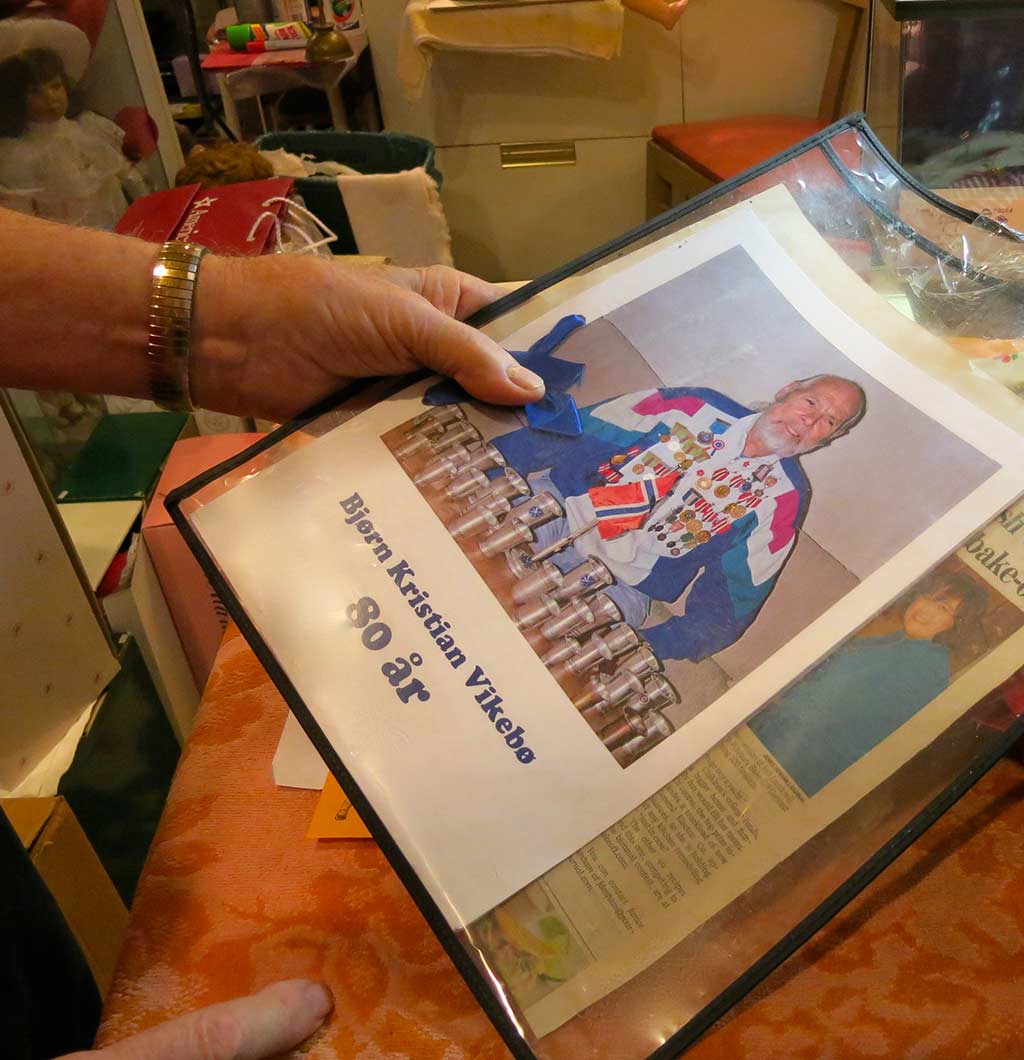 But I had good home and job. So I decided no. From 1948 to 1957 I was rowing and swimming in Norway. I was a breaststroke swimmer in Norway. I was west coast champion in Norway and did the 200 meter breaststroke. In rowing we rowed the old type Norwegian boats – the regular wooden boats. There were two or three guys in the boat. They two guys I rowed with are still alive, but most of the other guys are gone. That’s the way it is you know.
But I had good home and job. So I decided no. From 1948 to 1957 I was rowing and swimming in Norway. I was a breaststroke swimmer in Norway. I was west coast champion in Norway and did the 200 meter breaststroke. In rowing we rowed the old type Norwegian boats – the regular wooden boats. There were two or three guys in the boat. They two guys I rowed with are still alive, but most of the other guys are gone. That’s the way it is you know.
When I was in Norway, I read about kings, geography, and had an interest in things. I think it has to be born in you to be interested in things. I have been interested in everything. 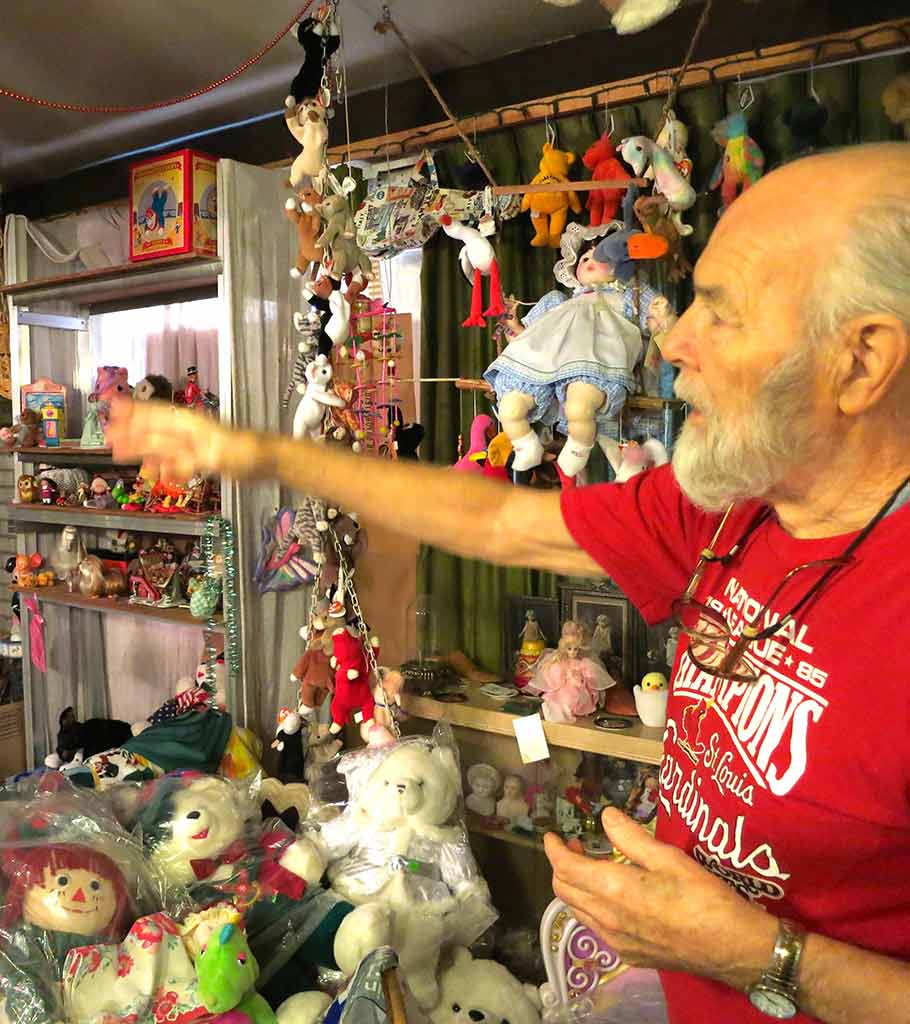 I wanted to know how people lived in olden days like the old beds that were only five foot long and you have a six-foot person in that bed. Then I found out that in the old time you don’t stretch out. You lay in fetal position in the bed. That’s why the beds were only five feet long. That wasn’t the point – to stretch out in the bed. They found out that when you are laying and relaxing, you are supposed to be in a fetal position. Then later on they made a six or seven foot bed so they could stretch out in it. That is what I did when I was in Norway. Read and learn, work and row and swim.
I wanted to know how people lived in olden days like the old beds that were only five foot long and you have a six-foot person in that bed. Then I found out that in the old time you don’t stretch out. You lay in fetal position in the bed. That’s why the beds were only five feet long. That wasn’t the point – to stretch out in the bed. They found out that when you are laying and relaxing, you are supposed to be in a fetal position. Then later on they made a six or seven foot bed so they could stretch out in it. That is what I did when I was in Norway. Read and learn, work and row and swim.
After my mother moved to the United States, she came home to Norway three times to get me to come over to the United States. But I said no. She finally talked me into it in 1967. I told myself that if I don’t like it there, I will move back home to Norway. I had a good job in Norway and I could go back to that job any day.
I was very responsible in my job. 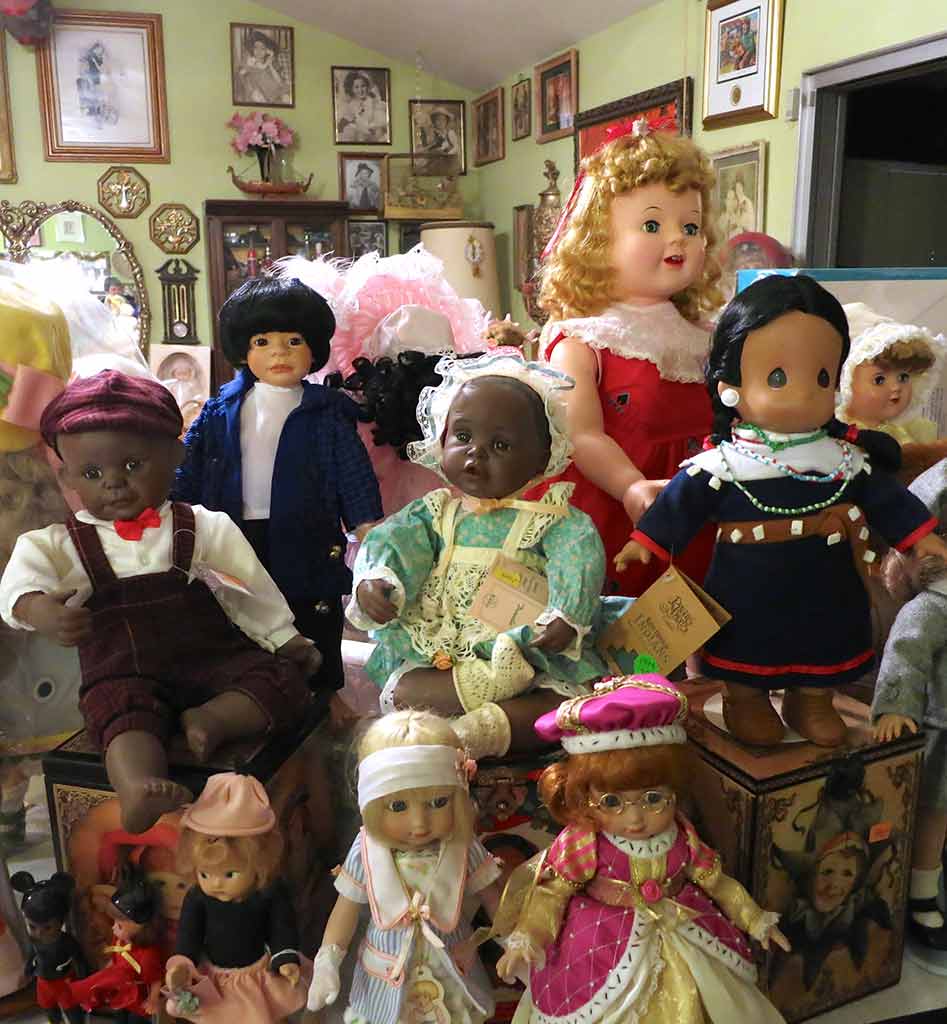 I never lost a day in my job either there in Norway or over here in the U.S. – no sick days or whatever. Over there I was a mechanic. I learned the carpenter trade from my stepdad. So when I come over to the United States, I knew about carpentry. My first job was in a machine shop in Chicago. I made $2.00 an hour in 1967. It was fairly good pay because everything was cheap at that time. Then a Norwegian carpenter said, “You’ve got to come out and help us be a carpenter.” They taught me to go to be a carpenter. After three months I was in this new job. I liked to work with tools anyway.
I never lost a day in my job either there in Norway or over here in the U.S. – no sick days or whatever. Over there I was a mechanic. I learned the carpenter trade from my stepdad. So when I come over to the United States, I knew about carpentry. My first job was in a machine shop in Chicago. I made $2.00 an hour in 1967. It was fairly good pay because everything was cheap at that time. Then a Norwegian carpenter said, “You’ve got to come out and help us be a carpenter.” They taught me to go to be a carpenter. After three months I was in this new job. I liked to work with tools anyway.
I decided to try to go outside in Chicago and work on the high rises. I worked on the John Hancock Building. It was one of the tallest buildings in the country at that time in 1967. They taught me outside. I could make $5.50 an hour at that time.
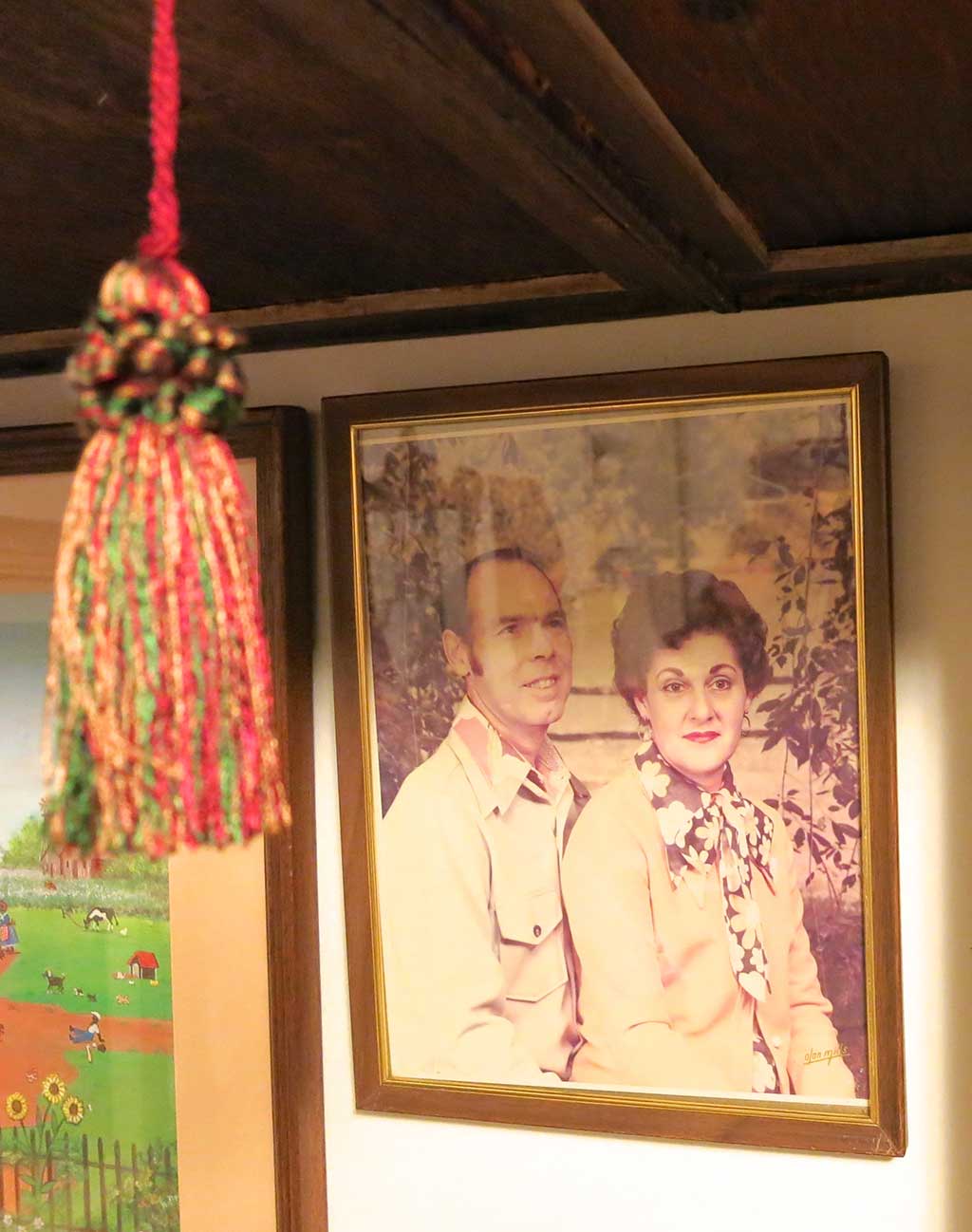 I moved to St. Louis in 1970. I met my wife at the Mayfair Hotel. She was a sweet lady. I had come to the hotel from work. When I saw her, it was love at first sight. She was working at the hotel in the bar. We had a large empty house. We wanted something to do in our spare time. I didn’t want her to work. We went out to auctions and looked at dolls and other things.
I moved to St. Louis in 1970. I met my wife at the Mayfair Hotel. She was a sweet lady. I had come to the hotel from work. When I saw her, it was love at first sight. She was working at the hotel in the bar. We had a large empty house. We wanted something to do in our spare time. I didn’t want her to work. We went out to auctions and looked at dolls and other things.
We collected anything and everything. At first we collected pretty faced dolls with beautiful dresses. The first thing I did was to go to the library and get books on the dolls. I told my wife, “If we are going to start collecting dolls, we’re going to have to know what we are doing.” So then I went to the library and started reading books about dolls. So when we started collecting, I knew everything about dolls before we even started collecting dolls.
The best thing to do is to hold the doll and feel it. With only a picture of a doll, you can’t have the feeling of the doll. You have to handle it. Take it in your hand. Look at the doll. That’s the way I have always been. I have tried to wait about things before starting anything.
Then I asked, “What am I going to do?” I started making cabinets for the dolls. I made them different sizes where I would place them in the house. The dolls looked beautiful in the cabinets. Then we went all over the place – like stores and Stix Baer and Fuller – to look at dolls. We started going to auctions. I started to display the dolls. I didn’t want to have the dolls in the box or in a cabinet.
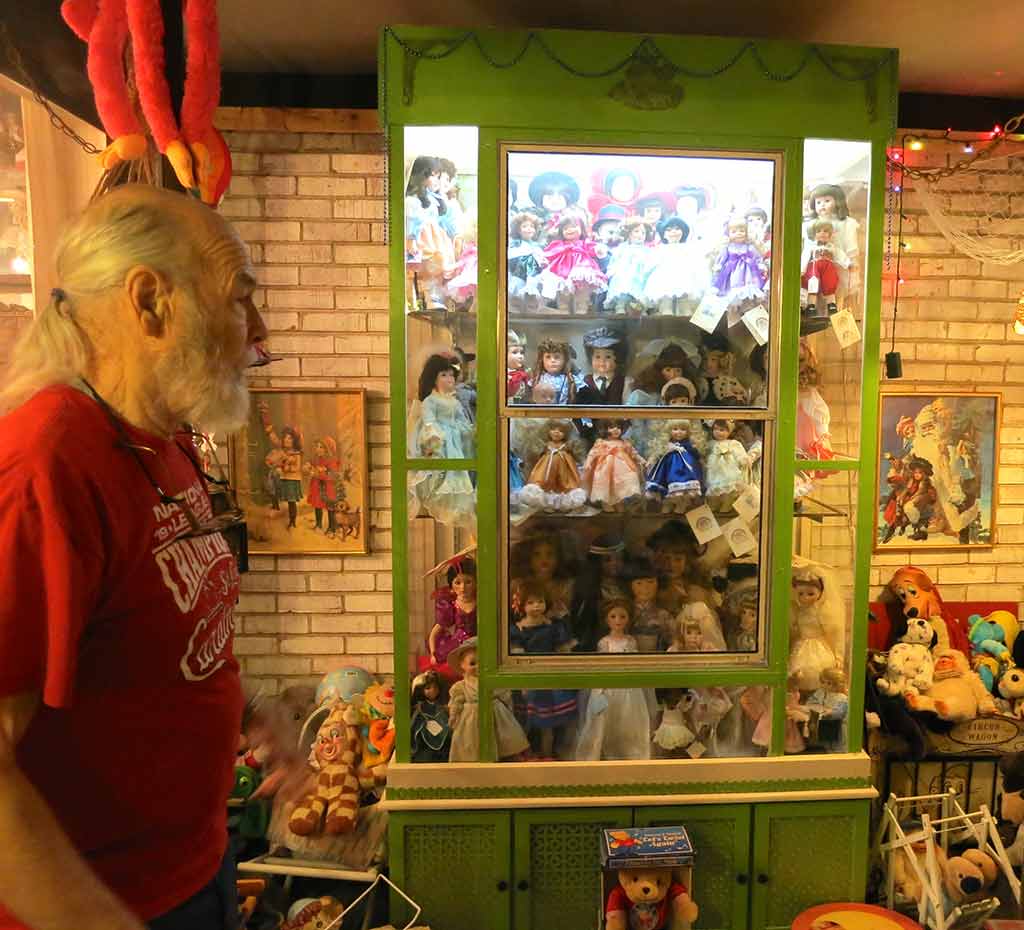 One thing followed another. More and more dolls come in. We rented out a space in South County. So we collected and collected and collected. We started selling dolls as well. The first doll we bought was because it was pretty. And then we started to buy more and fix them up. My wife could make them beautiful if we had to fix the hair on the doll. If the hair was matted or anything like that, she combed it out and got beautiful hair on the dolls. This was already what she knew how to do from Norway – fix hair.
One thing followed another. More and more dolls come in. We rented out a space in South County. So we collected and collected and collected. We started selling dolls as well. The first doll we bought was because it was pretty. And then we started to buy more and fix them up. My wife could make them beautiful if we had to fix the hair on the doll. If the hair was matted or anything like that, she combed it out and got beautiful hair on the dolls. This was already what she knew how to do from Norway – fix hair.
So if the people didn’t like the way the kids had played with the doll and they get matted hair, she combed it out. Then we started to sell and trade a little bit. It kept on rolling and rolling and rolling and now I’ve done it for forty years. It kept rolling all along.
They make dolls parts in New York and so I got the materials from them. Dolls had to be strung. I didn’t want to use rubber bands. I wanted to use good stringing.
I never painted the whole doll. 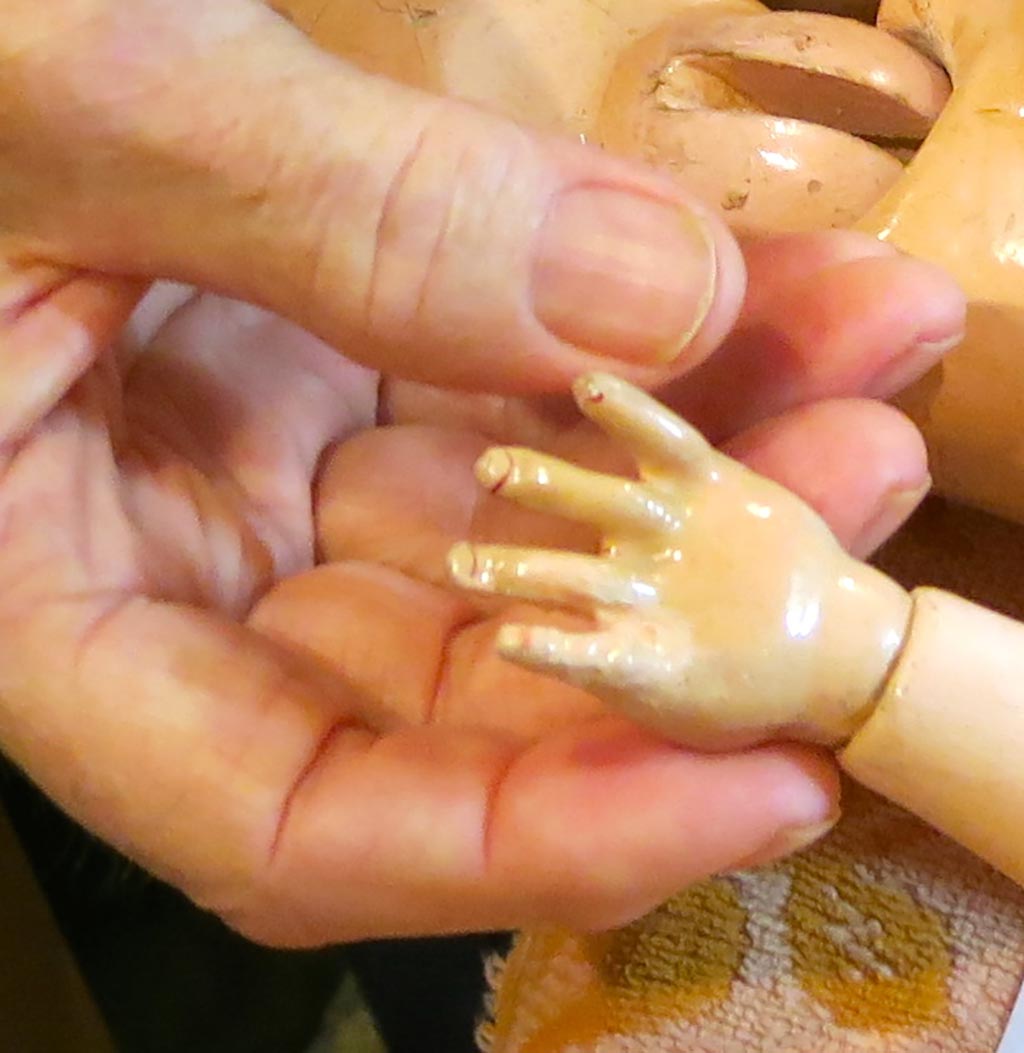 When I repair a doll, I only do the repair that needs to be done. I only paint the repair of the doll and not the whole doll. I try to match the paint as good as I can. I want the doll to be like the original. I never repair more than I have to. I repair only a little so that they approximately look like the old one. For instance on this doll I only made a new finger. Very few people repair in this way – not replacing too much. More than 10% of the doll should not be repaired or the value goes down.
When I repair a doll, I only do the repair that needs to be done. I only paint the repair of the doll and not the whole doll. I try to match the paint as good as I can. I want the doll to be like the original. I never repair more than I have to. I repair only a little so that they approximately look like the old one. For instance on this doll I only made a new finger. Very few people repair in this way – not replacing too much. More than 10% of the doll should not be repaired or the value goes down.
I have seen a trend over the last five years. When we started to do the dolls over forty years ago, there were always girls coming to buy the dolls. But today you don’t see too many girls buying dolls. The girls have completely changed their attitude about playing. American Girl and Barbie are the only two dolls they are playing with today.
I think with some of the girls if they don’t get encouraged, they don’t want to play with dolls. They want to do what their best friends do. They want to play with the computer or the iPad. They want to play games on the iPad. That’s probably seventy or eighty percent of the girls and boys today. They are playing games on the iPad or telephone.
2. What does this mission mean to you?
It means that I have tried to fix a thing that it is sentimental to people. 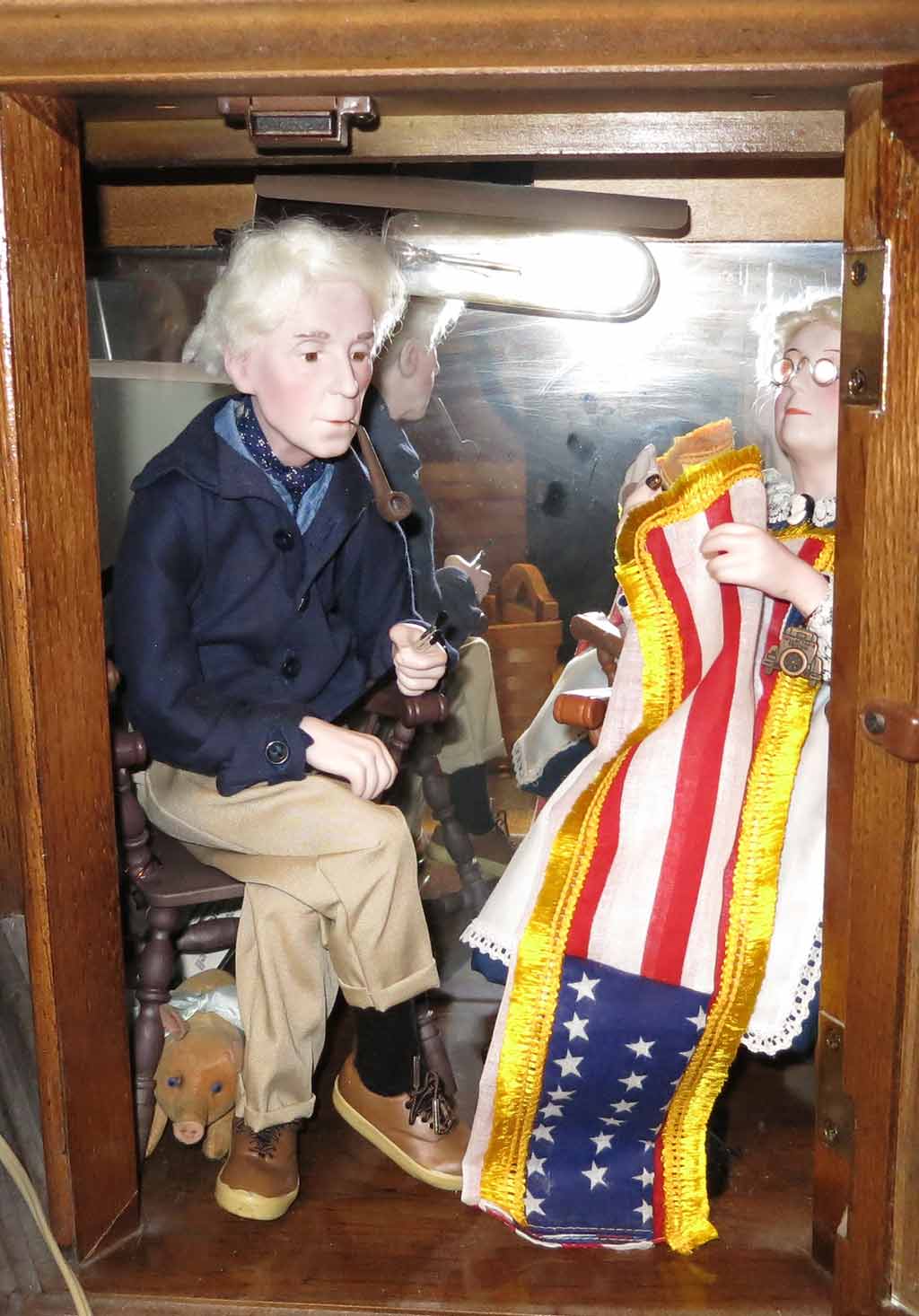 I try to help them to keep that doll instead of it being destroyed. Sometimes if the body is so bad that you can’t do anything with it, I say, “Cover up the body. Cover it up. When you look at the doll, you look at the doll’s face. That is what you remember.” You remember the doll face.
I try to help them to keep that doll instead of it being destroyed. Sometimes if the body is so bad that you can’t do anything with it, I say, “Cover up the body. Cover it up. When you look at the doll, you look at the doll’s face. That is what you remember.” You remember the doll face.
The body doesn’t mean anything. You put coveralls on it or whatever. You sit it in a cabinet. You say, “This doll is going to be mine forever.” So all it means is that what you try to do is make it so you can see the doll face. When you were a little girl, you looked in the doll’s face. You remember the doll’s face. You don’t really remember the body. That’s why I try to get people to keep the old stuff even if it is falling apart.
3. What was your best day being a doll collector including doll sales and repair?
The best day is when I got the name of my company, Doll Heaven. 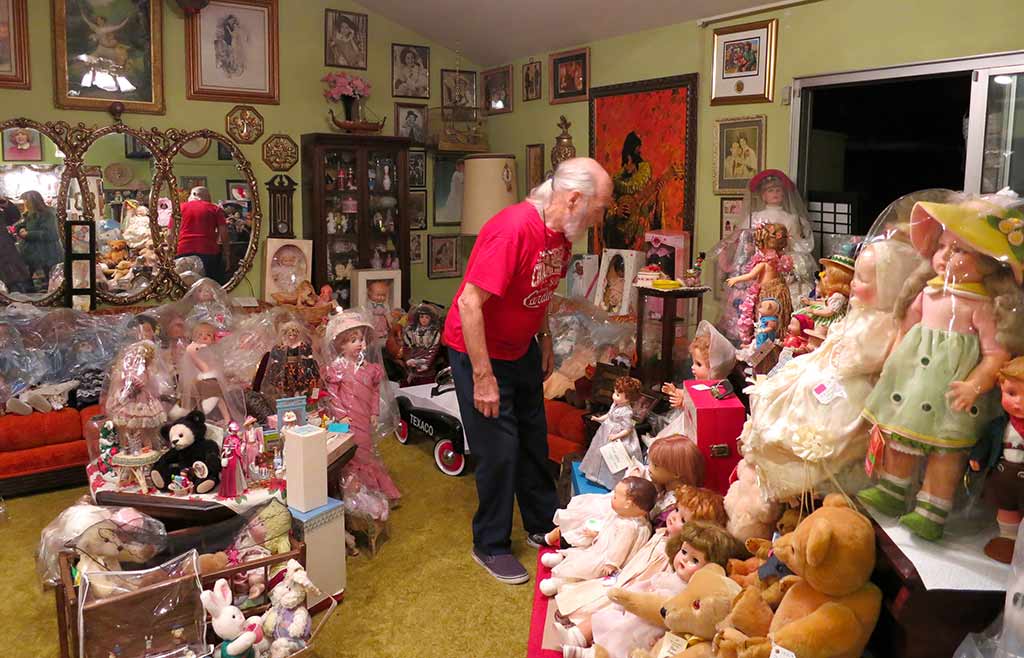 There was an old lady from Iowa come down here. She said, “I’ve had a bad week. I wanted to go to look for some dolls in the stores.” Her daughter said, “I know where we can look for some dolls.” She called me and she tell me if she could come out here and look at some of the dolls. I said, “Yah. Come on. Come in.”
There was an old lady from Iowa come down here. She said, “I’ve had a bad week. I wanted to go to look for some dolls in the stores.” Her daughter said, “I know where we can look for some dolls.” She called me and she tell me if she could come out here and look at some of the dolls. I said, “Yah. Come on. Come in.”
This old lady, she went into the house and said, “My God, this weekend had been a bad time for me. Now I have been in doll heaven. I know I can die right tomorrow.” That’s why I called this Doll Heaven. She gave us the name Doll Heaven.
4. What was your worst day being a doll collector including doll sales and repair?
There is actually not any worst day. I look at the doll and to me the doll is beautiful if it is bad or good. If it is a perfect doll, then OK, there is nothing to do. If it is a bad doll, then you look at the doll and to me all dolls are beautiful even if they are in bad shape or whatever.
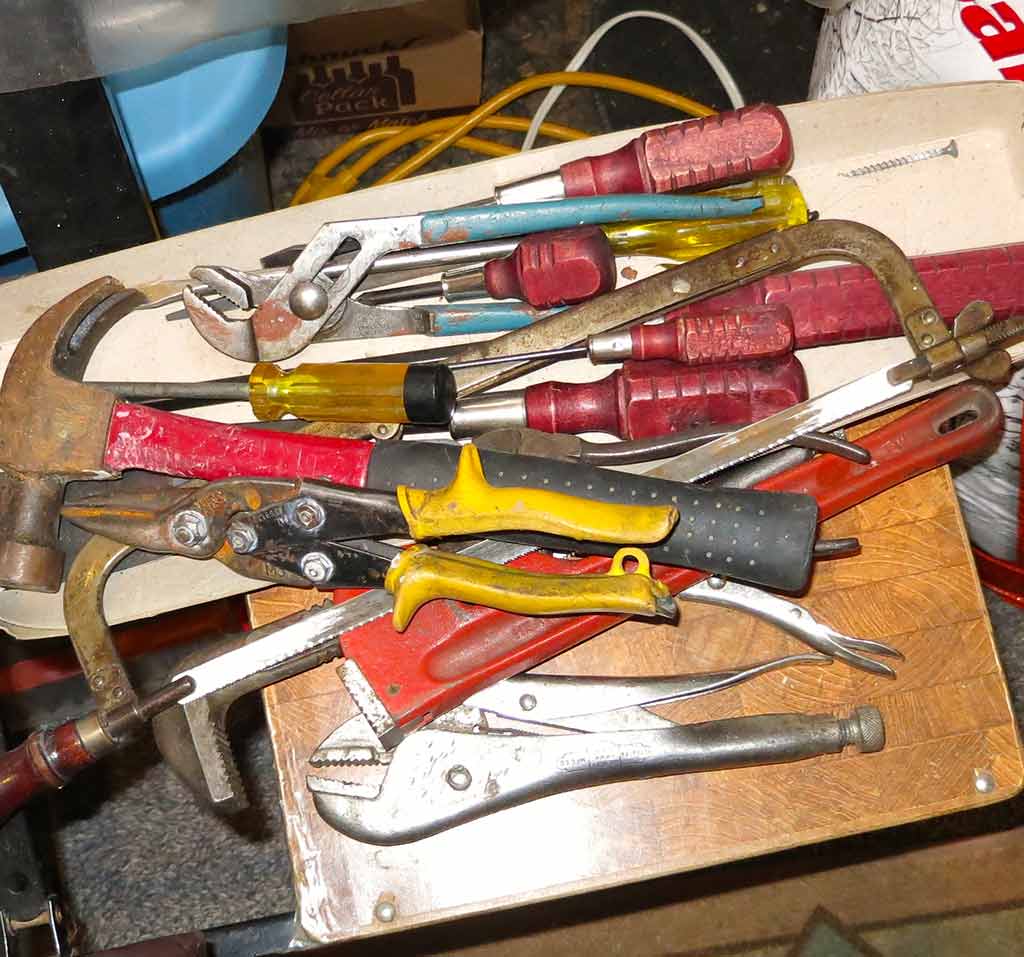 It is the character that a doll gets after so many years. Like this doll here. The one eye is a lazy eye. But that is because you played with it. Maybe you laid her down too hard and the eye come loose in the socket. To me I don’t want to do anything with that doll. That is perfectly all right. The years have gone by and that doll is still beautiful even if she had a little damage.
It is the character that a doll gets after so many years. Like this doll here. The one eye is a lazy eye. But that is because you played with it. Maybe you laid her down too hard and the eye come loose in the socket. To me I don’t want to do anything with that doll. That is perfectly all right. The years have gone by and that doll is still beautiful even if she had a little damage.
There aren’t actually any bad or good doll or repair days for me. It is a challenge any time you get a bad doll in. It is a challenge. But most of the time I stick with the challenge and there are some times that you can’t do anything with the doll because it is in such a bad shape. 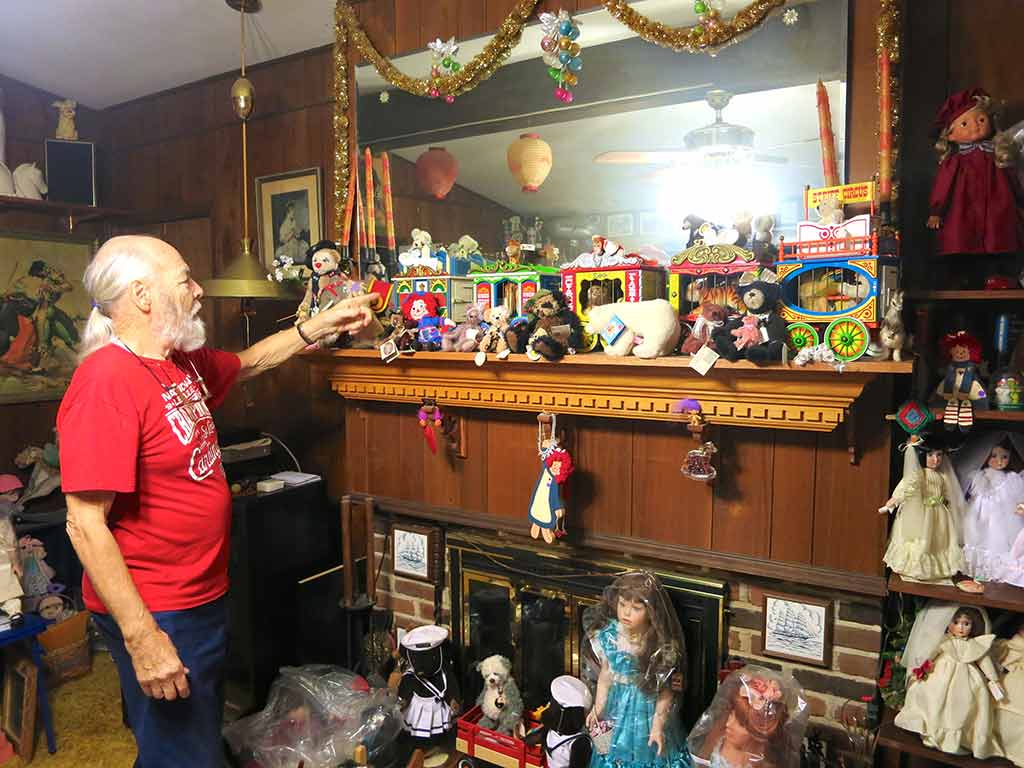 The only thing you can do if it has a bad body is to find another doll who had a bad head. You can interchange them. If the people want a new body on it you can’t get a new body because the doll is fifty or sixty years old. They don’t make that body any more. So all you have to do is to try another body you can put on that doll. I have done that a couple of times because the body is so bad that it has to be thrown away or covered up. But sometimes the people absolutely want another body and I find another body and put it on that doll. This makes them happy.
The only thing you can do if it has a bad body is to find another doll who had a bad head. You can interchange them. If the people want a new body on it you can’t get a new body because the doll is fifty or sixty years old. They don’t make that body any more. So all you have to do is to try another body you can put on that doll. I have done that a couple of times because the body is so bad that it has to be thrown away or covered up. But sometimes the people absolutely want another body and I find another body and put it on that doll. This makes them happy.
5. How did you survive your worst day?
That is the way you were born to never give up. That’s in your body. That is inside you. When you are in competition, you know that. You want to try to do as good as you can. It is in you. It is in your body from the time you are small. It is the way your parents help you on the way.
That’s in your body. That is inside you. When you are in competition, you know that. You want to try to do as good as you can. It is in you. It is in your body from the time you are small. It is the way your parents help you on the way.
Some kids never get any help from their parents. I never get any help from my parents. They had problems. I never saw too much of my real dad because my mom remarried when I was about four years old. So I didn’t see too much of my dad. They were smoking and drinking, but why I never took off with them, I don’t know.
Some kids play with the dolls and throw them around. 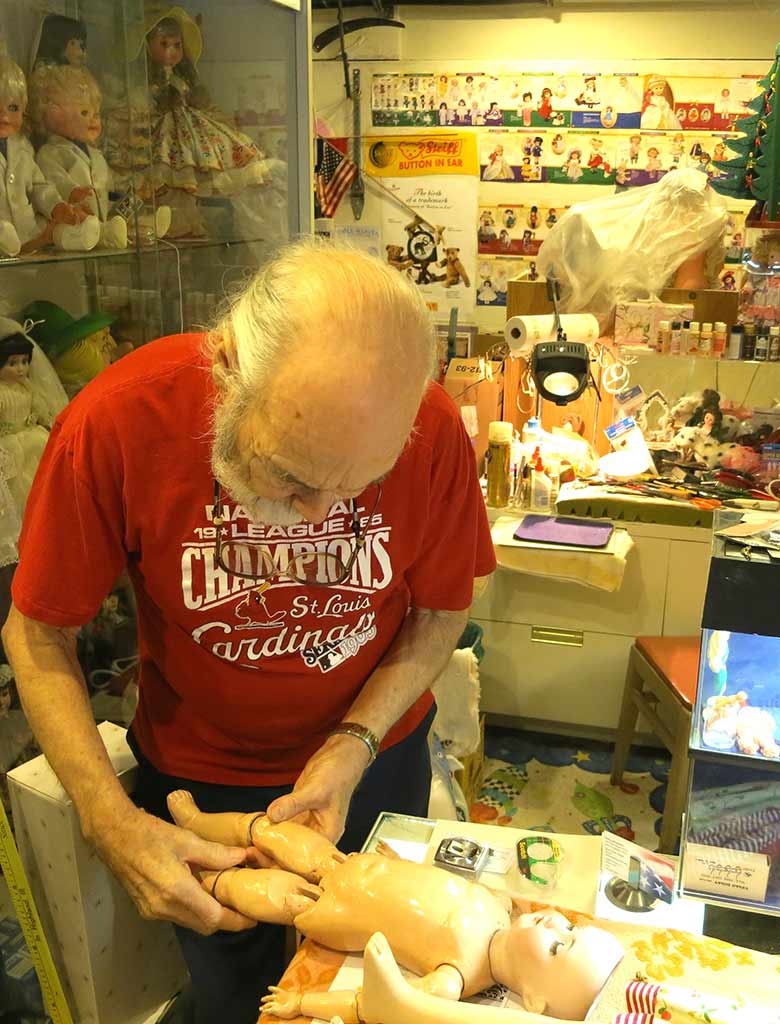 They are destructive. Some parents only say, “NO. NO. NO.” They say, “NO” all the time. All the kids ever hear is, “No, no, no.” You have to try to raise them to find something good and then say, “Yes.” That’s what I do. I try to be positive and find the things when I can say, “Yes.”
They are destructive. Some parents only say, “NO. NO. NO.” They say, “NO” all the time. All the kids ever hear is, “No, no, no.” You have to try to raise them to find something good and then say, “Yes.” That’s what I do. I try to be positive and find the things when I can say, “Yes.”
I grew up to be my own person. No one thought I would turn out in a positive side when my parents were on such a negative side. But that was my inner strength that I had from when I was born. It is a thing that you are born with it so long as you don’t get too much influence over the years. You grow up to be the person that you were supposed to grow up to.
- « Previous person: Jim Olson
- » Next person: Jennifer Asher Covey